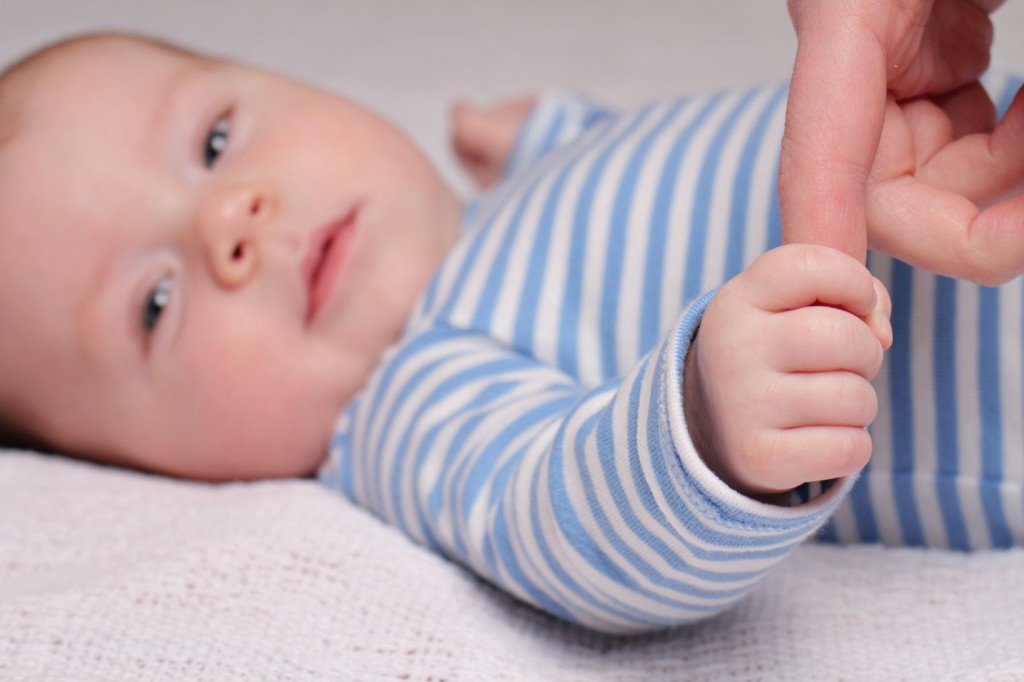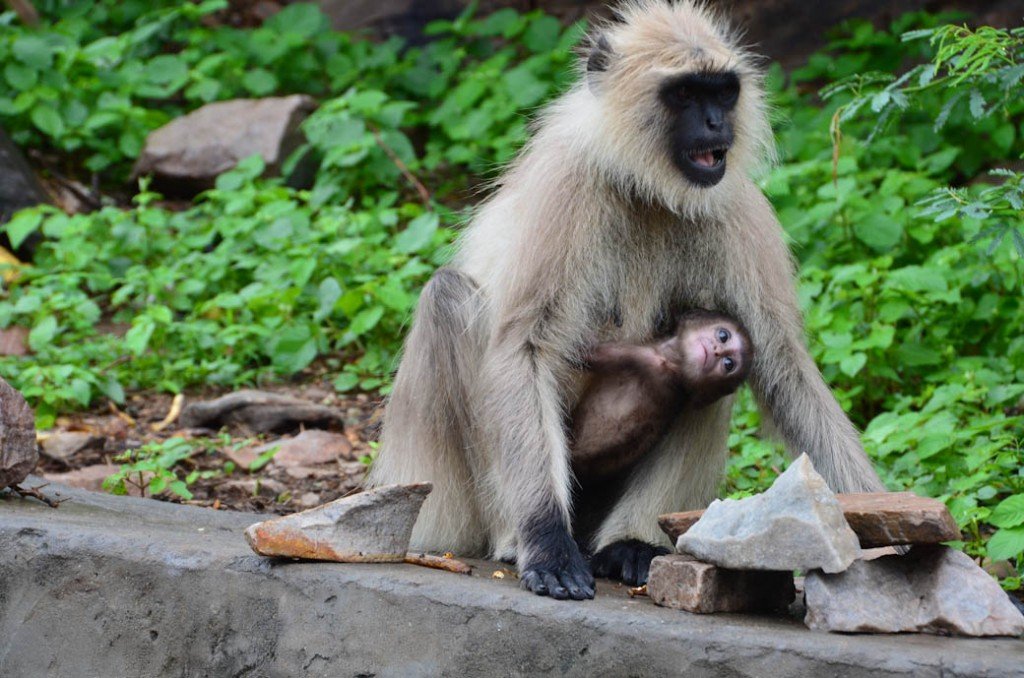Table of Contents (click to expand)
Babies have a tight grip because it is a bodily reflex known as the Palmar Grasp Reflex (or simply the grasp reflex), which is typically observed in infants. You can elicit the grasp reflex by stroking your finger, or any other object, in a baby’s palms.
Here’s a question for you: what is as strong as a nail?
Depending on whether you dig history, have a thing for poetry, or just love superhero stuff, your answers may include a Spartan’s courage, a Samurai sword, Iron Man’s armor, Captain America’s shield, or simply the strongest naturally occurring substance – diamond.
All of these are right in their own sense, but why don’t we consider something that’s not long dead or non-existent, and can be found more easily than Cap’s shield or a chunk of diamond?
What would you say about a newborn baby’s grip?
Palmar Grasp Reflex
Infants have a common and mysterious habit of clenching their hands, either around an object (say, a finger) or just by forming a tight ball with their own fists. As it turns out, this is not coincidental, but does have some scientific basis to it. It’s actually a bodily reflex known as the Palmar Grasp Reflex (or simply the grasp reflex), which is typically observed in infants. You can elicit the grasp reflex by stroking your finger, or any other object, in a baby’s palms.

This reflex appears in the baby before it’s even born; it first occurs when the baby is 16 weeks old in the womb and can be observed until almost 5-6 months after birth. The most noteworthy characteristic of their grip is that it’s incredibly strong; you wouldn’t normally expect such a solid, firm grip from a baby that small. In fact, the grip is so strong and resolute that it could help the baby support its own body weight!
Sometimes, babies make a tight ball of their own fists (due to the same grasp reflex) in the absence of a foreign object in their palm. However, after some time, they realize that it’s their own body part they are clutching so tightly. All of this information inevitably brings us to the question we posed in the title of this article; why do babies clutch things so tightly in the first place?
Also Read: Can Newborn Babies Swim Better Than Adults?
A Baby’s Strong Grip Has An Evolutionary Advantage
It seems that the habit of grasping things tightly can provide an evolutionary advantage. You see, as newborn monkeys (so to speak), we had to grab onto our mother’s fur so we didn’t tumble, fall off, or be separated in any way from our mother while she was traveling or jumping off tree branches to look for food! There’s no way that our mothers could cradle us all the time AND perform those jumps and leaps. Not to mention, a mother had to be wary of the risk of predators.
When we put all these potential challenges together, infants would have had no option but to hold on to their mothers as tightly as possible, from birth until the time they are capable of fending for themselves. Young apes and monkeys can still be seen holding on to their mothers while they are on the move.

Babies, as cute and innocent as they are, don’t really have any idea about the world around them or what is specifically going on. Therefore, they try to stay on the safe side by clutching anything and everything with a tight grip. Therefore, next time you’re prying a toddler’s fingers from an object, be a bit more gentle.
Or perhaps you can just teach them a lesson on human evolution!
Also Read: How Does A Human Newborn Recognize Its Mother?
How much do you know about the palmar grasp reflex?

